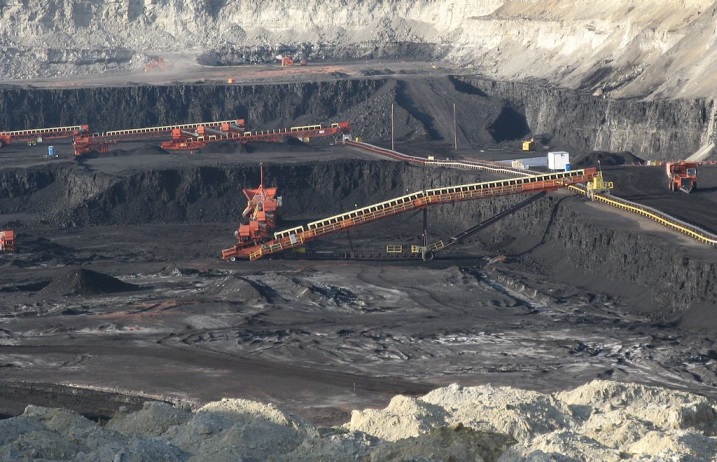Government agencies are often required to conduct some form of environmental impact assessment (EIA) before approving a major project or proposal. The documents generated during these assessments contain a wealth of information about baseline environmental conditions, impact assessment methodologies, predicted impacts, and environmental mitigation measures. But these documents are often filed away and forgotten after the proposal is approved, and as a result, the valuable information contained therein is rarely utilized in future applications.
The Sabin Center has published a paper describing how public access to and utilization of EIA data could be improved through the development of a centralized and fully searchable online database. The paper first outlines the rationale for undertaking such an endeavor: it describes the type of information contained in EIA documents, potential applications of this information, and the limitations of existing EIA databases (which only cover a subset of the total universe of EIA documents). The paper then describes four steps that could be taken to create a more comprehensive and user-friendly EIA database:
- Connect existing databases, preferably through the creation of a centralized database.
- Expand the scope of the documents that are accessible through the centralized database to include older documents, documents from other jurisdictions, and different types of EIA documents (e.g., to include Environmental Assessments as well as Environmental Impact Statements).
- Add searching, sorting, and filtering features that make it easier for users to find specific documents as well as specific types of data contained in those documents.
- Prepare new EIA documents in a manner that will streamline the process of adding these to the database and make it easier for users to find relevant information within the document.
The paper also contains a user guide with detailed instructions on how to use each of the existing EIA databases. The guide includes hyperlinks to each database, a description of the scope of the documents and database search features, and screenshots to help people navigate the website.
The overarching goal of this project is to develop a roadmap for future efforts aimed at improving online access to EIA documents. We received input on the project from a variety of stakeholders, including representatives from the Columbia Center for International Earth Science Information Network (CIESIN), Columbia University Libraries, the Northwestern University Transportation Library, the University of Arizona Udall Center, the U.S. Environmental Protection Agency, the New York Mayor’s Office of Sustainability, and several environmental consulting firms that prepare EIA documents. We would like to thank all of these stakeholders for their important contributions to the project.
The paper is available here. For more information about our work on EIA and climate change, please visit our website.


